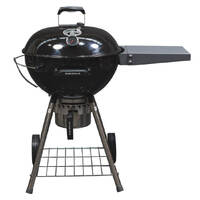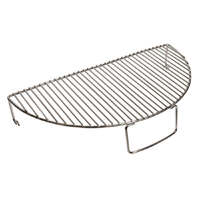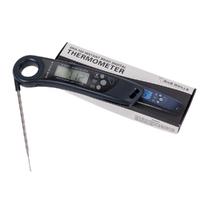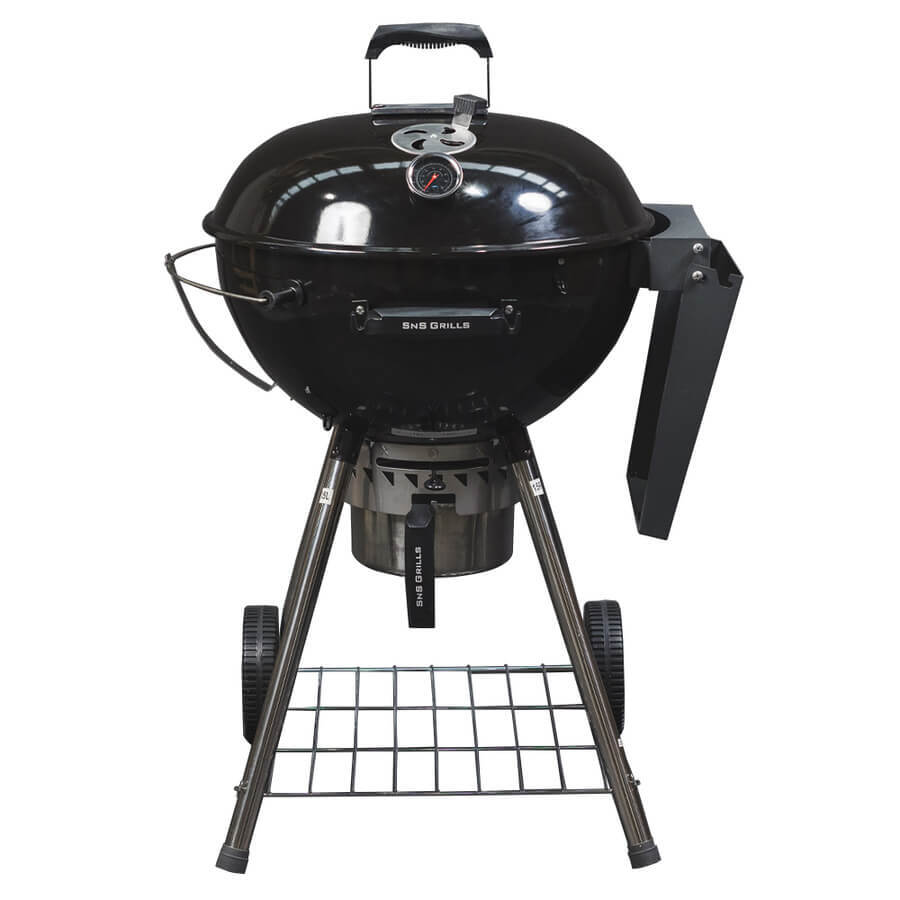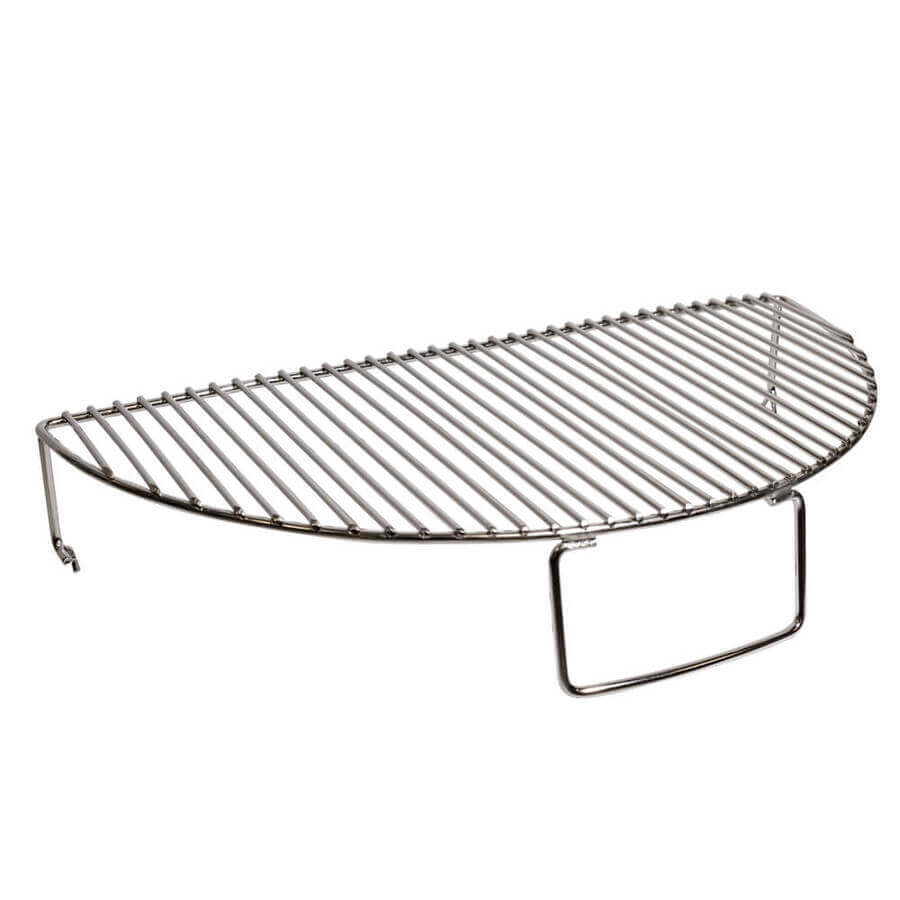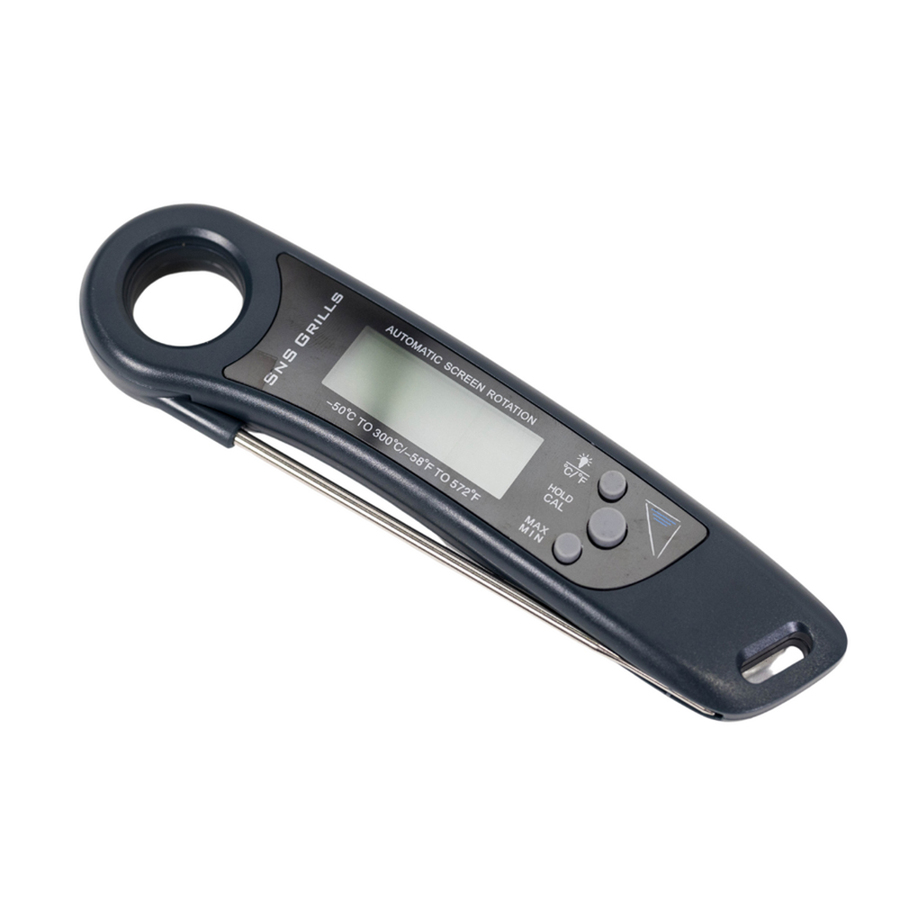Recipe for Steak
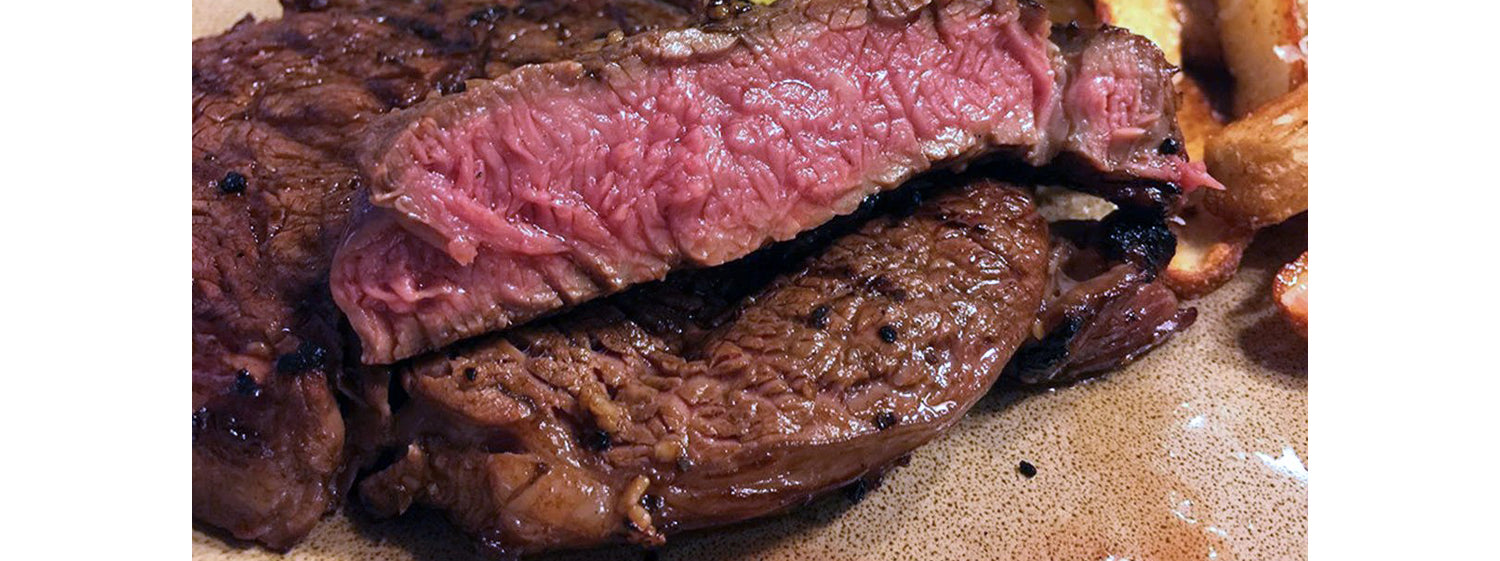
Introduction
Steak, perhaps the most indulgent treat in a carnivore's diet, has long been the grillmaster's pride and joy. However, it is very easy to ruin a steak. We'll show you how to grill a thick or thin steak (hint: they require different techniques), so you can easily achieve steakhouse-quality results in your own backyard.
Selection
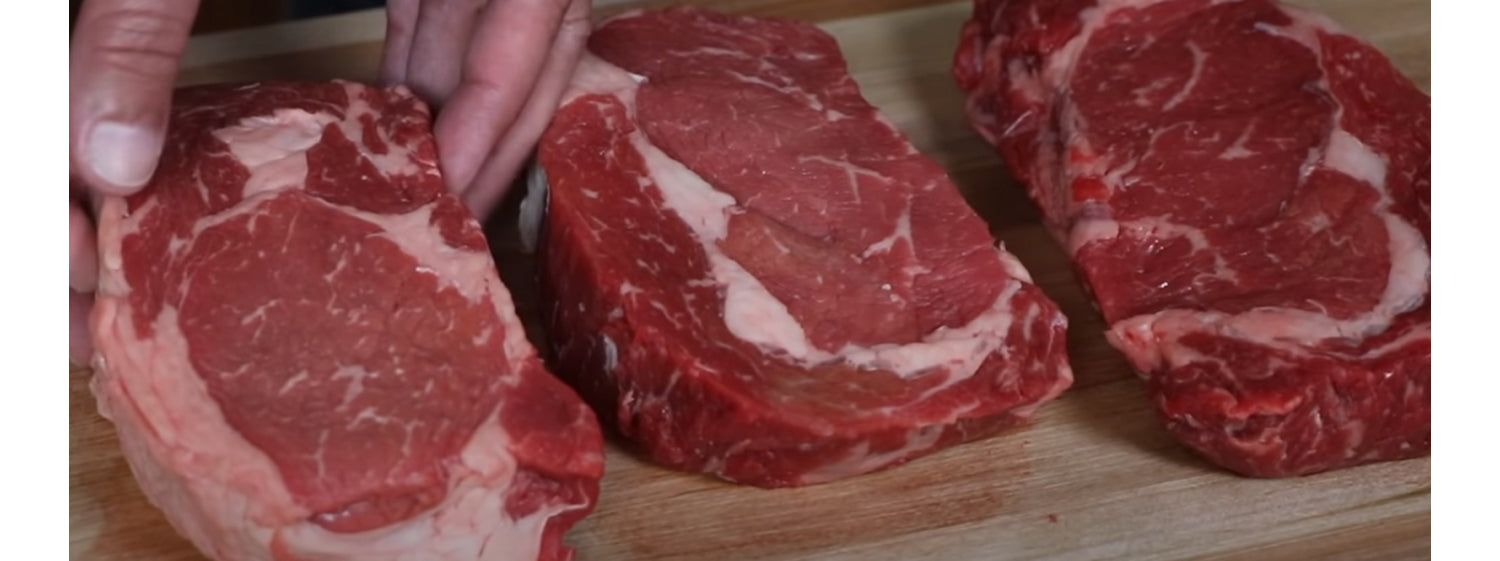
We must first purchase it before we can cook it! The first step is to select the meat. If you want to eat a good steak, you must first select a good steak. Your secret marinade or special seasoning is only a small part of the equation.
Prep
If you're cooking a thick steak (more than 5.08 mm thick), use the reverse sear variation of our Slow ‘N Sear "low & slow" lighting described below. If you're cooking a thin steak (less than 5.08 mm thick), use our Slow ‘N Sear "hot 'n fast" lighting method.
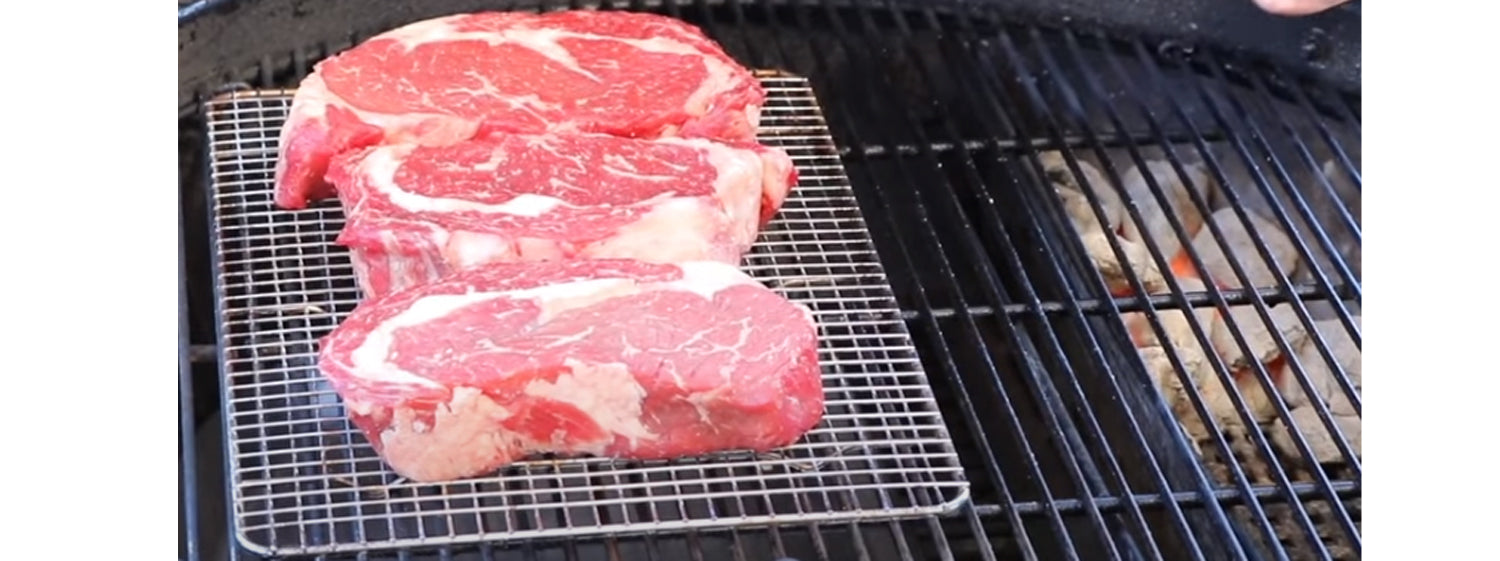
With your Slow N’ Sear
If you're cooking a thick steak (one that's more than 5.08 mm thick), start by lighting about 1/4 chimney of charcoal (20-25 briquets) however you like. Wait until they're all well-lit or ash-covered before adding them to the charcoal reservoir of your Slow 'N Sear. Allow your grill to reach 225° F, as measured by a good digital thermometer probe placed about 25.4 mm above the grate level on the indirect side, NOT your grill's lid thermometer. Indirectly cook the steaks until they are about 15-20° below your desired finished temperature. When it's time to sear, place the steak on the grill grate directly over a new blazing hot batch of charcoal in the Slow 'N Sear, rotating every few seconds as described, until your target temperature is reached. Remember, we go by temperature rather than feel, and we don't use a clock. It is impossible to overcook steaks.
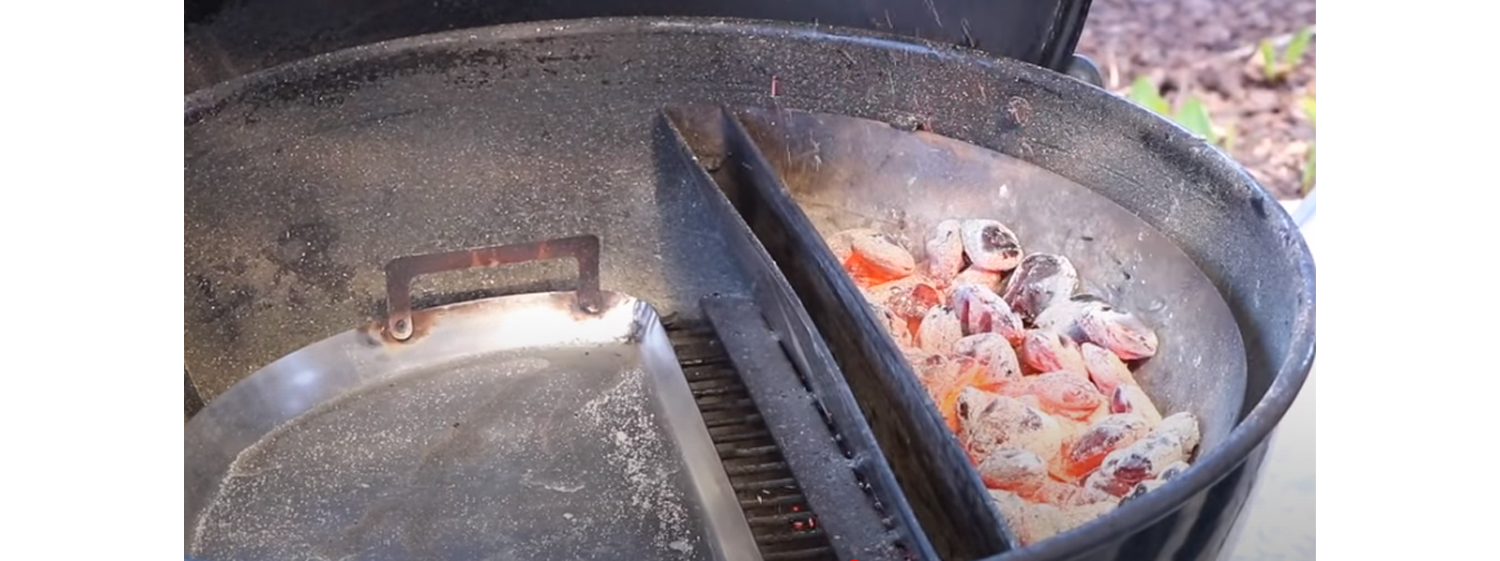
For a high-temperature "reverse sear," use your Slow 'N Sear. Fill your charcoal chimney anywhere from 1/2 to 3/4 full of charcoal (40-60 briquets) and light it, an easy and relatively mess-free way is to use a starter cube when doing a reverse sear on a thick steak (or a roast) about 10-15 minutes before you are ready to sear your steak- or let's say when your steak gets to about 80° F internal temperature. You're ready when the blue smoke clears and heat waves or flames can be seen from the top! Add all of these well-lit coals to the charcoal reservoir at once. You're all set to sear now! Remove your lid!
Cook
Begin searing when your steak temperature is 15-20° below your target temperature (Note: if you want 135°, medium-rare, start searing when your steak temperature is around 115-120° F). The "Cold Grate" Technique, is our favourite way to get all-over sear and incredible flavour. You'll get the all-over brown crust and wall-to-wall colour (no tan banding), not just grill-marked strips of flavour. Searing takes about 4 minutes or until the desired target temperature is reached, as measured by a reputable digital instant-read thermometer.
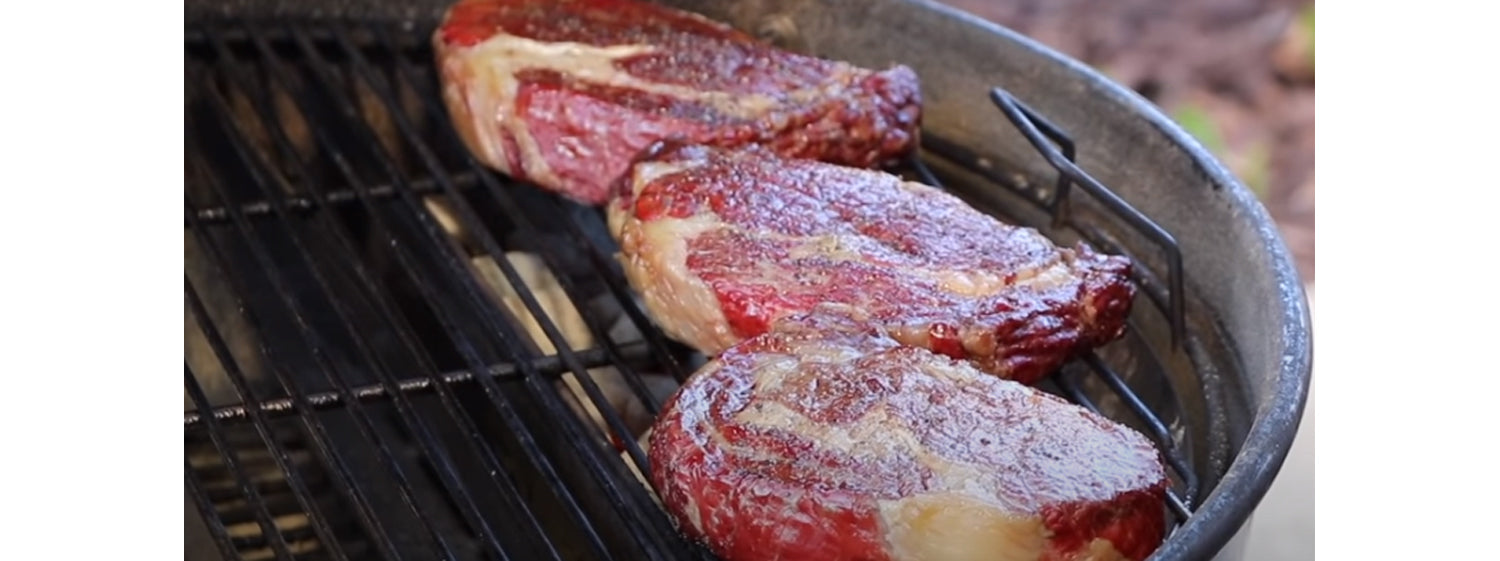
Another option is to use GrillGrates. Some people will use a cast iron pan that has been thoroughly heated directly atop the coals. You have choices! If you're cooking a thin steak, try Meathead's "afterburner" method, which can be done easily and effectively directly over the blazing coals on your Slow 'N Sear. Simply use the hot & fast lighting method with a Slow ‘N Sear.
When is it done?
How you like your steak cooked is as personal as what you’ll eat with it. Medium-rare steaks are arguably the most tender, juicy, flavorful, and palatable. If you're new to cooking your own steak, we recommend starting with medium-rare. Contrary to popular belief, pink beef is not undercooked, and pink juices are not blood!
120-130° F is rare. A finished internal temperature of 120-130° F indicates a rare steak. Although it is not the most popular serving temperature, rare steak has its devotees. The centre will be bright red, only slightly warm, and extremely juicy.
130-135° F (CHEF'S TEMP) medium-rare. A finished internal temperature of 130-135° F indicates medium-rare. This is also known as the "chef's temp," and it is the temperature at which most high-end steakhouses prefer to serve their masterpieces. This will be your best-tasting, juiciest steak, with a deep brown crispy sear on the outside and a properly salted interior.
135-145° F (medium) If solid pink isn't an option for you or your guests but a little pink is fine, we'll suggest medium. This is a finished internal temperature of more than 135°, more specifically 140-145° F. Medium is still a good choice because it is still juicy and has some pink to it, but it is warmer and a little firmer.
145-155° F medium-well. Medium-well is next, with a temperature of 145-155° F. This will only give you a hint of pink deep in the centre, but it will also cause the meat to lose its juiciness.
Well done, 155° + Well done, at 155-160° and above, has no pink colour and produces a much firmer and drier steak. Well-done steaks often benefit from the addition of a steak sauce to add moisture and a juicier mouthfeel. For the best results, we recommend using a high-quality digital thermometer to measure the internal temperature of your steak.
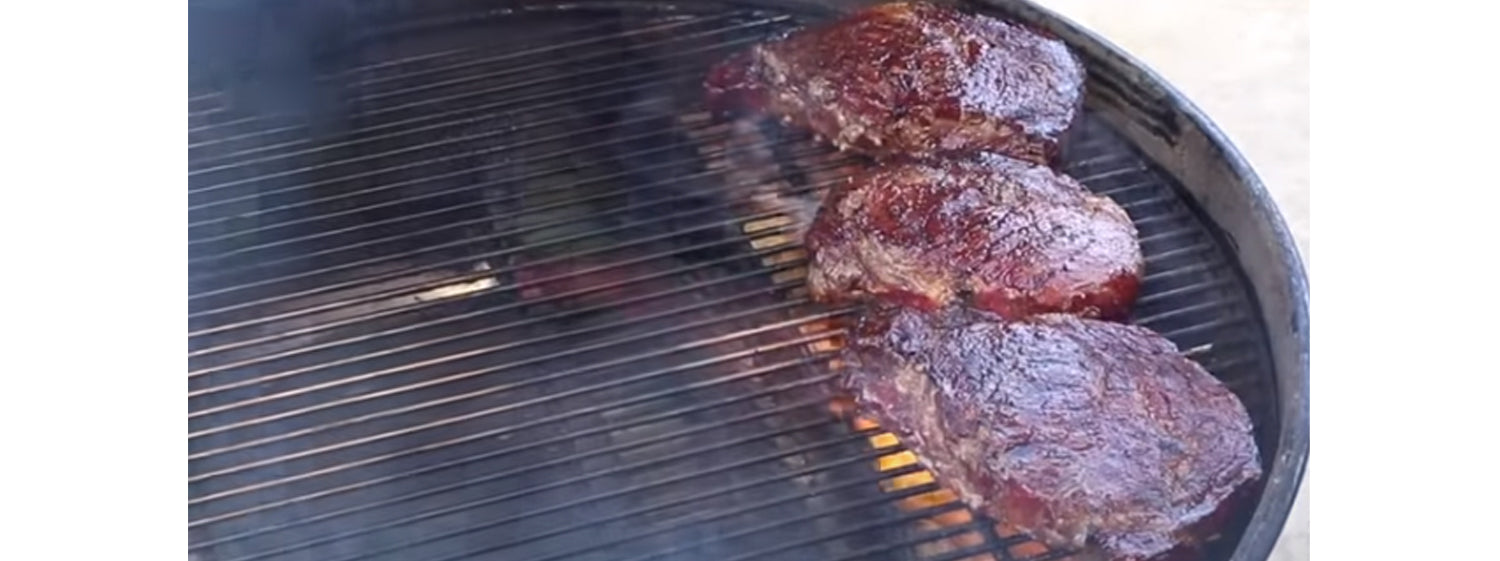
Please don't be fooled by those who tell you to cook your steak on medium heat for x-amount of minutes or to push on it; these aren't the best ways to determine doneness.
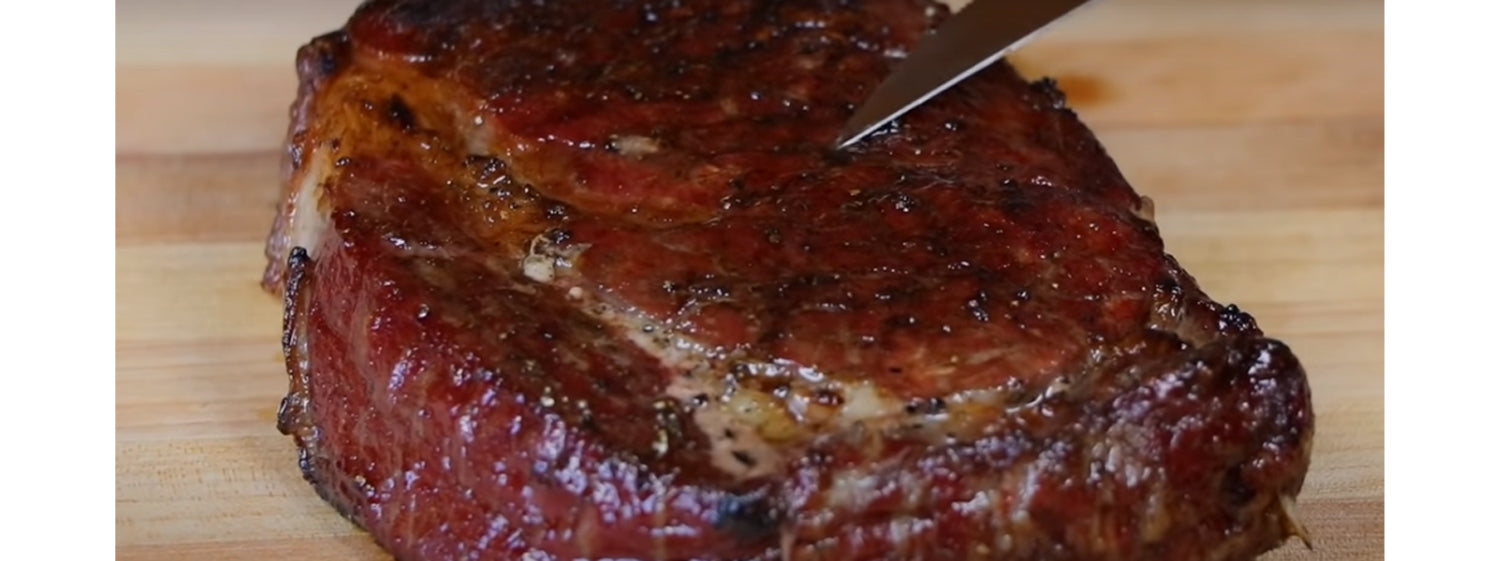
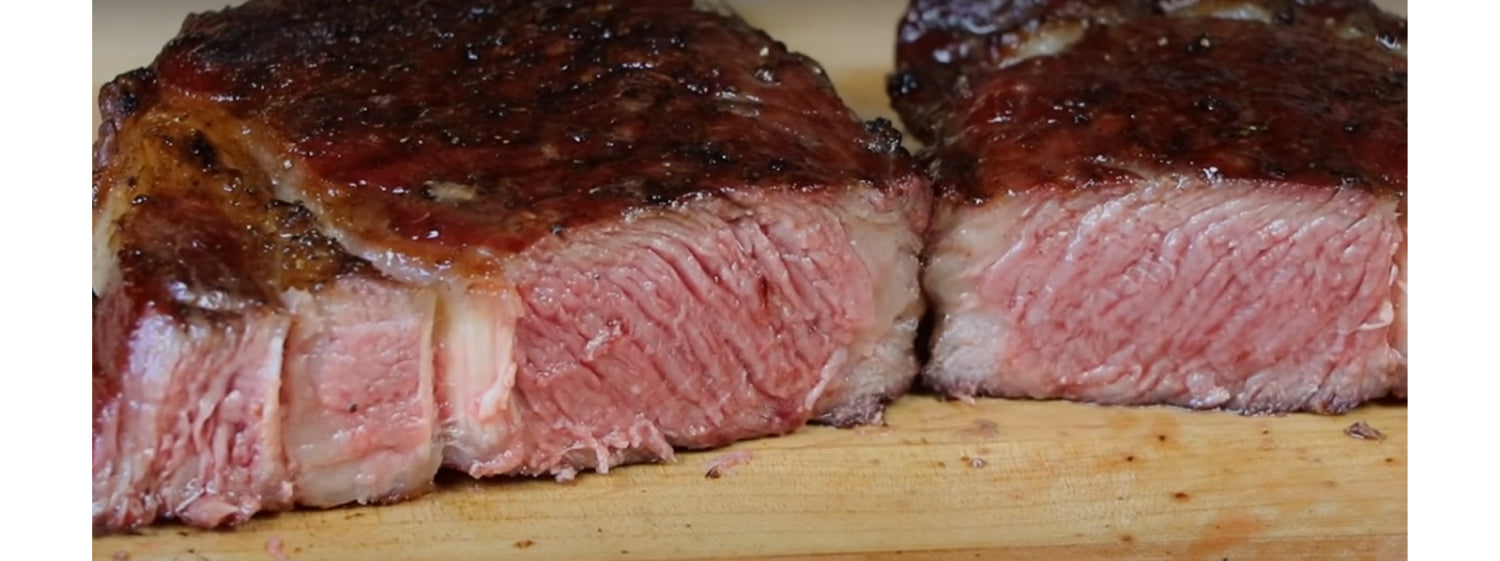
If you want repeatable, foolproof results, you must use a digital thermometer unless you have a lot of experience, luck with timing, or are a professional steak chef cooking dozens of steaks every night.
Summary
- Prep: trim and salt (overnight preferably)
- For thick steaks (> 1.5″ thick) cook using reverse sear and the “Cold Grate” searing technique
- For thin steaks (< 1.5″ thick) use high-heat front sear
- Cook to the desired temperature, and check doneness with an instant-read thermometer
Check Our Kettle Grills and Accessories: Click Here

